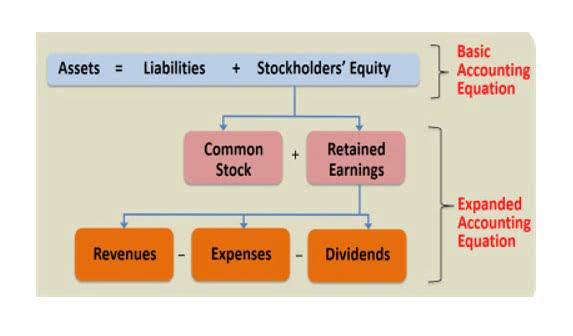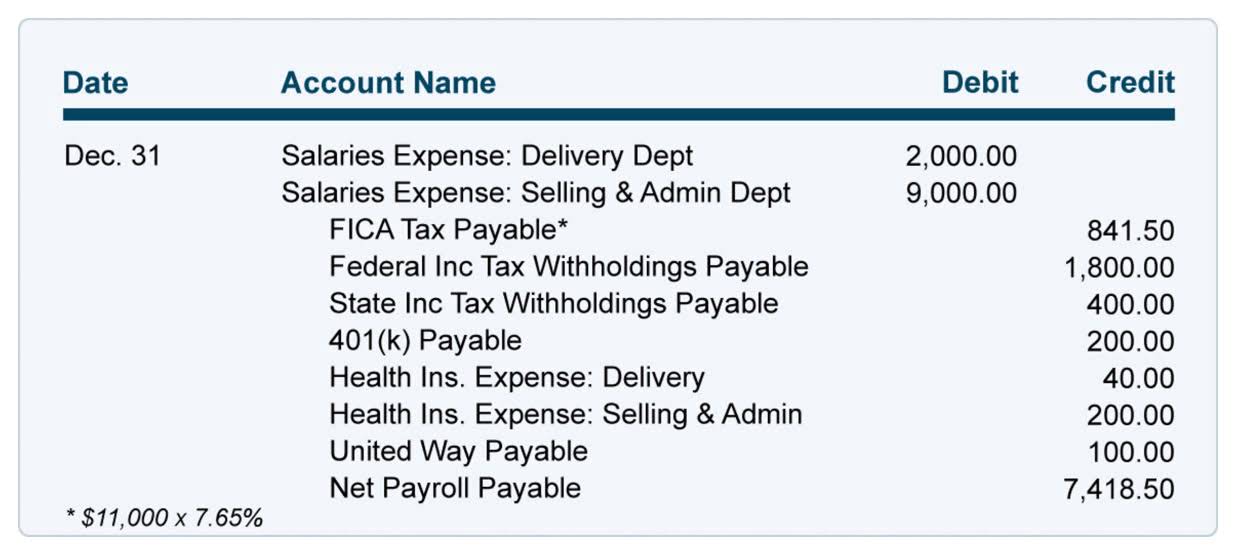26 kw. Accounts Payable Audit Simplified: Guide to Effective AP Auditing

In 2021, the average DPO for companies was reported as 47.4 days, highlighting the importance of effective cash Bookkeeping for Veterinarians flow management. Accounts payable automation systems offer key features such as visibility into processes, streamlined operations, and improved control of payments. Automated systems create clear audit trails for every invoice transaction, making compliance efforts more straightforward.
Planning for your AP audit

Audit procedures are the modest steps that auditors deal with to verify the accuracy of their clients’ balances and accounts. Audit procedures vary for different classes of accounts and by the diversity and description of the client’s business themselves and the risks of the specific accounts that the auditor testing on. It is useful to note that when selecting a sample for reconciliation of suppliers’ statements, selecting only large balances or those with many transactions are not considered appropriate. Those with small and zero balances should be included in the sample to ensure the understatement of liabilities is properly tested.
The Trouble with Manual Approvals

Their technical expertise will become as essential as their financial knowledge, ensuring the effective performance of audits in a digital landscape. AP automation uses AI-driven algorithms to identify irregularities like unauthorized payments, unusual transaction patterns, or fraudulent activities. The vendor master file is a comprehensive document containing key information about all vendors, such as contact details, banking information, and payment terms.

AP records examination
AI algorithms can detect patterns, flag inconsistencies, and provide predictive analytics to prevent such errors. AP auditing is the process of reviewing all the related financial information that resides on a company’s AP records in detail. Finally, you’ll need to conduct an accounts payable audit to review all documents and processes one last time to ensure accuracy. You may also build strategies for addressing discrepancies you’ve identified, such as sending notices to impacted parties about incorrect payments and the next steps. To make your next audit easier for the auditors and the internal team, address past findings and consider adopting accounts payable automation for efficiency.

Audits Don’t Have To Be Scary
- Additionally, automation will build an audit trail that cannot be misplaced, lost, stolen, or shredded.
- This includes verifying each purchase order, invoice, and payment transaction recorded in the accounts payable ledger against the general ledger and financial statements.
- Given the substantial financial transactions being processed by the AP department, it’s imperative for organizations to ensure meticulous and accurate audits.
- Effective management of AP is essential for maintaining financial integrity and avoiding duplicate payments.
Auditors will require access to a wide range of information, including invoices, payment records, vendor contracts, and communication logs. Having a method or system in place to provide this information efficiently will expedite the audit process. Even if every transaction is present, auditors must assess whether each transaction is accurate. This involves scrutinizing invoices, payments, and supporting documentation to ensure they comply with internal policies and external accounts payable audit regulations.
- It verifies the accuracy, validity, and completeness of the payments made and liabilities owed to your suppliers.
- The more a business can digitize AP tasks, the less likely they are to be surprised by a negative audit.
- A clean balance sheet needs to account for when goods and services are paid for diligently.
- Performing an accounts payable audit is crucial to ensure financial accuracy, prevent fraud and maintain regulatory compliance.
- Whether or not these are factored into the payment amount can make a big difference at scale.
Focus on risk management
When you bring in an independent auditor, you don’t have to worry about an existing relationship getting in the way of an accurate AP audit. You get unbiased and complete information about your accounts payable practices, policies, procedures, and paperwork. They’re often assumed to take up a substantial amount of time and resources as an auditor goes through the paperwork and tracks the necessary transactions. Ultimately, automation enables the kind of agility that empowers AP to play a much more strategic role in enterprise success.
- This increases the accounts payable balance, reflecting the company’s obligation to pay the supplier.
- A traditional accounts payable audit can be a daunting task for organizations as they are often a stressful and resource-intensive process.
- Likewise, inherent risk of accounts payable is the susceptibility of accounts payable to misstatement.
- Using the right accounts payable procedures is an essential component to a business’ success.
- While commonly used third parties are most often the ones contacted, auditors will use their discretion around which suppliers are contacted.
- Auditors will require access to a wide range of information, including invoices, payment records, vendor contracts, and communication logs.
Usually, we perform test of controls when we intend to rely on internal control and we believe that such control procedures can reduce the risk of material misstatement. Risk of material misstatement refers to the risk that material misstatement can occur on the financial statements and internal control procedures cannot prevent, detect or correct the misstatement. Unrecorded liabilities, expense fraud, and duplicate payment could happen anytime if there are no proper and strong control procedures in place for expense and accounts payable. The prospect of an AP audit probably seems intimidating, but it Online Accounting doesn’t need to be. With the right tools, you can increase efficiency, improve transparency, and ensure strong internal controls around accounts payable.
Reporting
To audit accounts payable, you must match the ledger transactions to the figures in your general ledger. Cutoff tests check to whether transactions for the fiscal year are indeed included in your business’ end of year financial statements. Auditors discuss the scope of the auditing process, and also the possible outcomes of the audit. While planning, you can also discuss any concerns you have regarding financial statements, potential fraud, or the need for improvement with your auditors.

